Whether dining out and searching for a wine that will match both your party’s palette (and budget) or hosting an intimate supper at home and keen to impress your fellow diners, selecting the right vino is no small feat.
To negate any grape-related blunders, we called upon Anna Sebastian, of The Langham’s Artesian Bar, to help us navigate wine lists and pairings for every meal and occasion. By the time you’re through reading, you may feel as though you’re only a lapel pin away from becoming a bona fide sommelier.
What is the goal of wine pairing?
For me, the goal of wine pairing is to make both the wine and the food taste better than it did on its own.
What are the basic taste components in wine?
In simple terms, it is very similar to the taste buds we have in our tongues (sweet, sour, bitter, salt and umami). A typical test of wine flavour usually involves certain basic characteristics of flavour. The five basic wine characteristics include sweetness, acidity, tannin, alcohol, and body. Understanding these are really important when tasting and enjoying wine. It also helps you determine different wines apart. Breaking down what to look for and what for with say sweetness is really important as it is very different to what to look for when looking for tannins.
Talk us through these two flavour pairing methods – 1) congruent pairing; 2) complimentary pairing.
So very simply, Congruent Pairing means that two things have many shared compounds – for example, mushroom and beef – and complimentary means that two things share very few compounds – for example, coconut and lime.
In complimentary pairing, a wine with high acidity will go well with food that has high fat. For example, a white wine, such as a Pinot Grigio, will go well with a rich creamy dish like mac and cheese.
Using the same food dish (mac and cheese) as an example, if you were to pair said dish with a creamy wine like a Chardonnay, this would be a congruent pairing.
Once understanding this it is really easy to get creative and create more subtle pairings.
We know white wine usually goes with fish and red usually goes with meat. Are there any times where you’d order a red with a fish, or a white with a meat?
Absolutely, and when you get it right it is a really great combination of flavours that make the dish better. I would recommend selecting a lighter aromatic red wine to a medium-bodied red wine with a lighter tannin structure. Also, think about the preparation of, say, the chicken. The richer the dish, the more colour, richness, and tannins you can have in your wine, which will enhance both the wine and food. Something like an old-world Pinot Noir, Zindalfel, or Grenache.
Red meat can be more complex, however it is really important to start with the basics and look at the cut of the meat. For, say, steak – with a leaner cut, go with a lighter wine and a richer cut you can use something a bit bolder and bigger in flavour. I’d suggest a full-bodied (and oaky) Chardonnay, Viognier, or Marsanne. A mature-white Rioja or even an older Riesling might work. Champagne and steak – if you have never tried it, you should – is a winner. Ruinart Blanc du Blanc is perfect. General rule of thumb is: “lighter meat, lighter wine” and “darker meat, darker wine”.
Also, think about how you are cooking the dishes – roasted, BBQ, poached – as this will also dictate the flavour of the wines you decide to pair with it. For example, if you are BBQing something it is likely to have that smokey element to it so it makes it possible to pair with a richer, more savoury wine.
How should your choice of wine change as the menu progresses?
It really depends what you are eating and the flavour profile of the food. A lot of people go from light to heavy in a very traditional way, which makes sense. I would always say if you are out let the sommelier guide you but be open to change. Starting with an unusual light red with your starter can always be surprising and delicious – especially some of the new-world red wines.
Off the top of your head, what specific wines would you pair with:
Tomato-based pasta sauce: As tomatoes can be quite acidic, I would go with a medium bodied wine like a Cab Sav.
Asian flavours: A hard one as Asian flavours have so many dimensions, so I would go for something like a German / Austrian Riesling – subtle flavours and light so to complement the flavours.
Chocolate: It depends if it is dark, milk or white I would say. For something darker I would go with a PX Sherry or a Barolo Chinato. Milk chocolate, try a twany port, Alsace Pinot Gris or something sparkling. For white chocolate, go with an off-dry Riesling or a Rosé.
How do you balance out the intensity of, say, a spicy meal when selecting your wine…
Too much alcohol combined with spice can set your mouth on fire. I personally love a Rosé, but an off-dry Riesling is great, or a Californian Chardonnay.
Flipping sides, we’ve a few favourite wines that we’d like to base our menus around. That said:
Pinot Noir should be paired with… lighter meats like fish and chicken, pasta and salmon.
Pair Malbec with… steak, cured meats, lamb and charcuterie.
Pair Sauvignon Blanc with… Cheese and lighter meats, but also anything with a lot of green herbs in it.
To ensure you don’t run out of vino, how many bottles of wine would you typically allocate per person for a dinner party?
Depending on your friends, I would say 2-3 – but always get extra!!
Ordering wine in a restaurant can be an intimidating process, from impressing your guests to appeasing your own tastes, and saving your wallet… any advice?
I always give an idea of price point to the sommelier and what we are looking for. Being specific about it is really important so there are no surprises either way. If it is a really important dinner then go and see the sommelier beforehand and give the guidance then that way it takes the pressure off getting the right price point and wine.
How much consideration should be given to age?
Age is important but also there are some amazing new wines that are really super. Age is relevant, but it doesn’t dictate the quality of the wine.
Do you trust in the adage “what grows together goes together”?
I trust it more in the cocktail world than I do in the wine world! It isn’t gospel but there are some great examples of when that happens.
And finally, for the season that’s in it, do you have a festive, wine-focused cocktail recipe you can share with our readers?
I love using wine in cocktails, especially dessert wine! Try this…
INGREDIENTS
50ml Michter’s Bourbon
10ml Sauternes dessert wine
2 dash of angostura bitters
METHOD
Stir over ice and pour into a rocks glass on ice.
Garnish with a clementine peel.




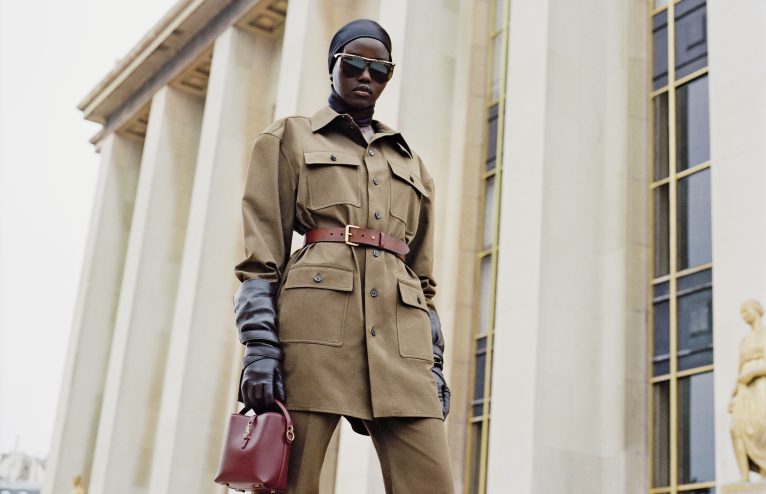











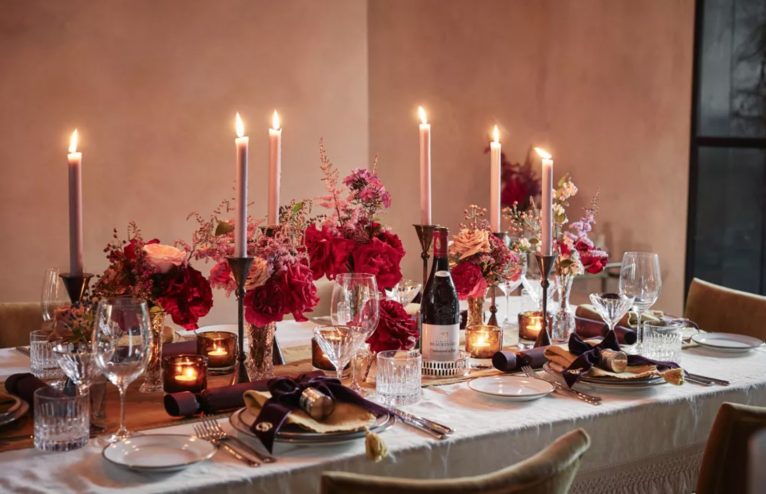
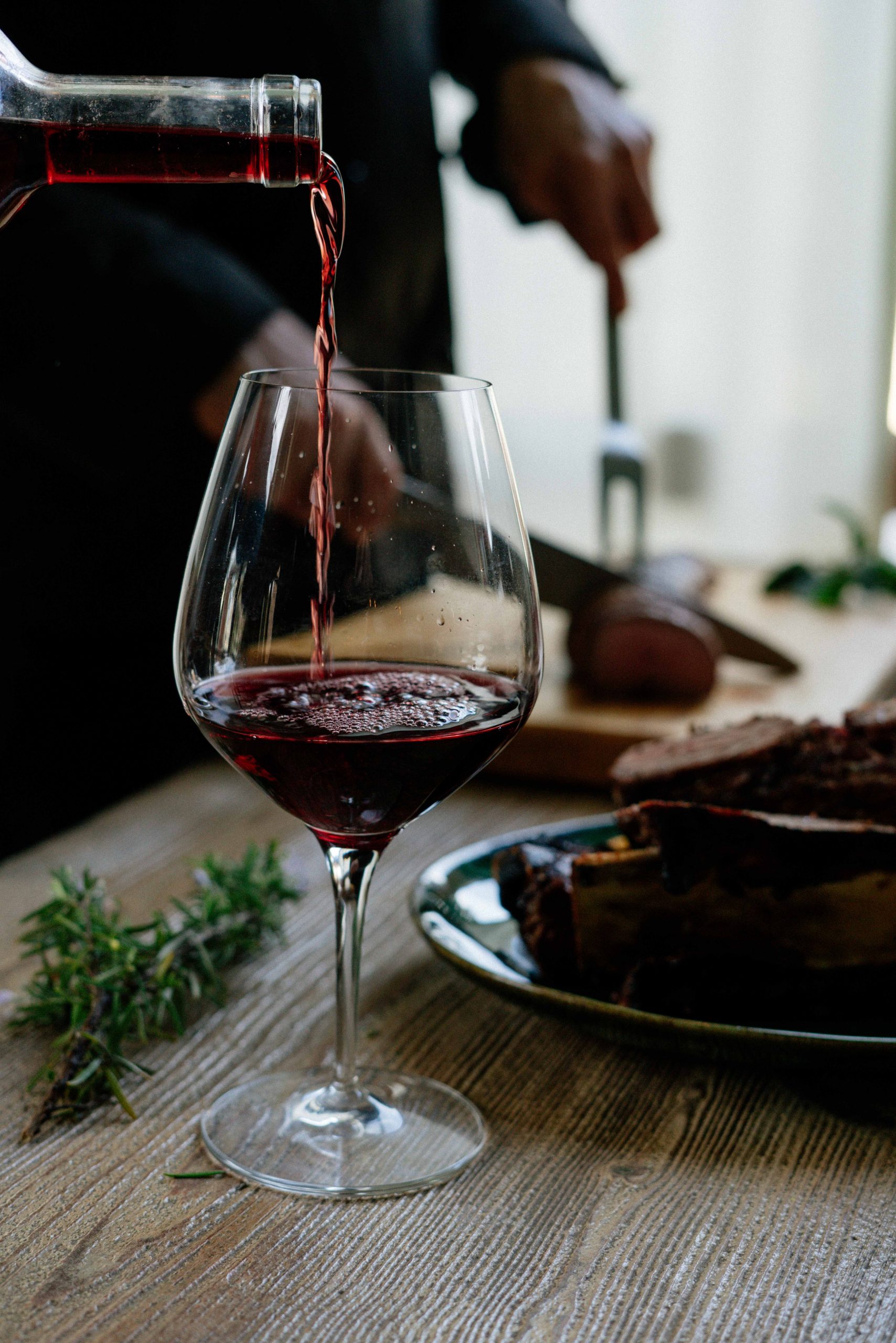
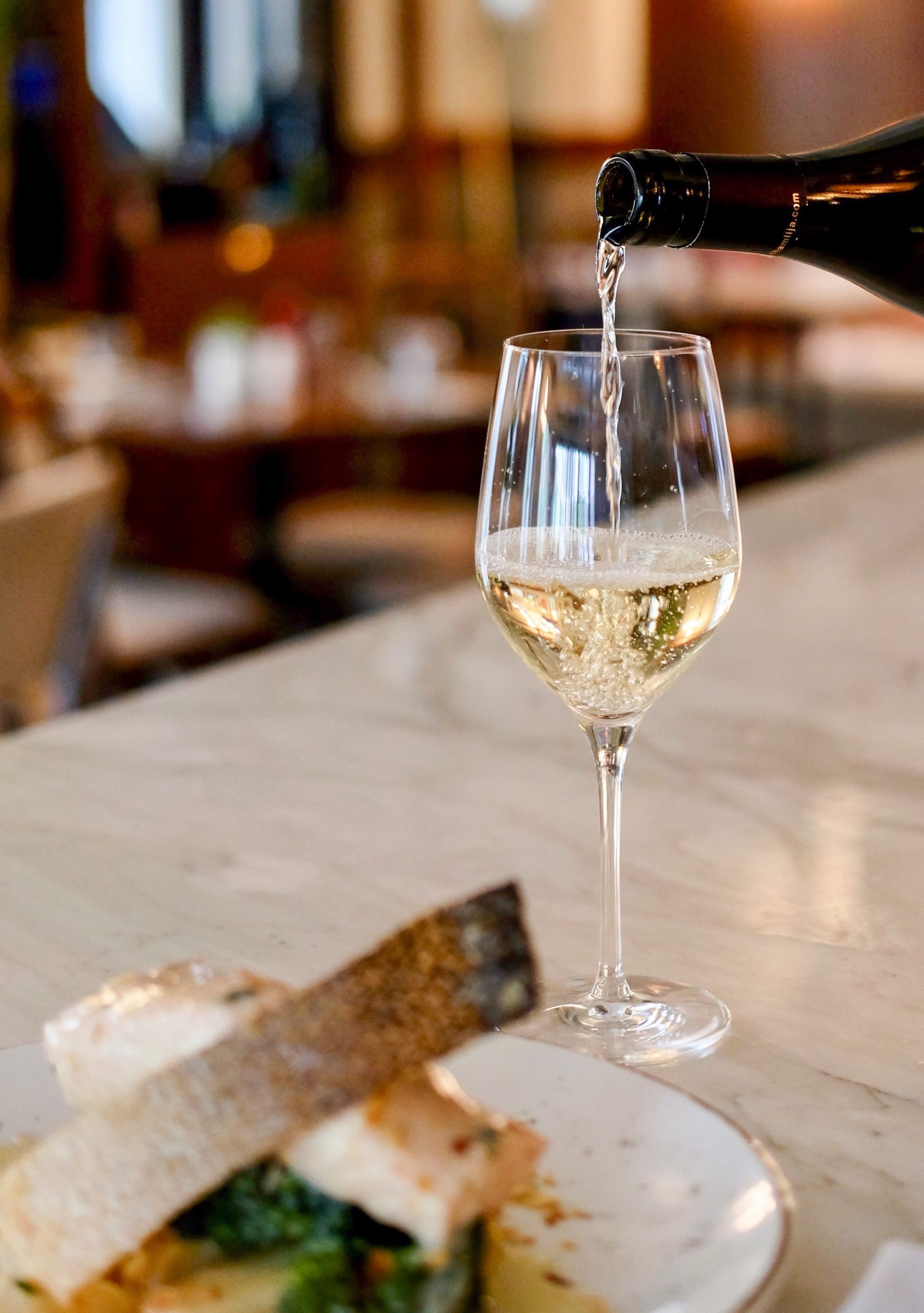

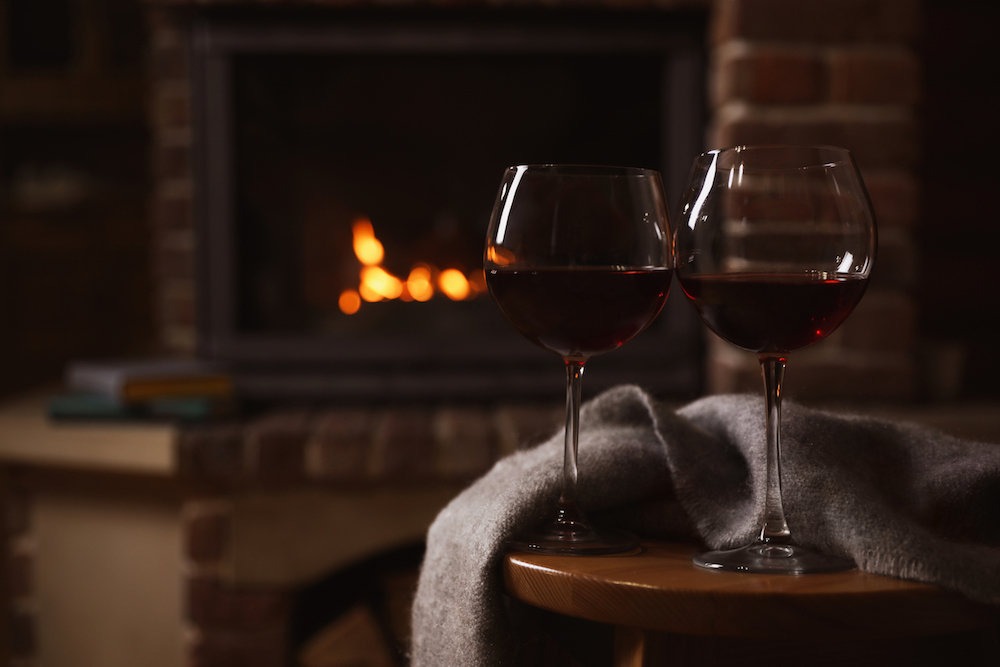




Any Questions or Tips to add?